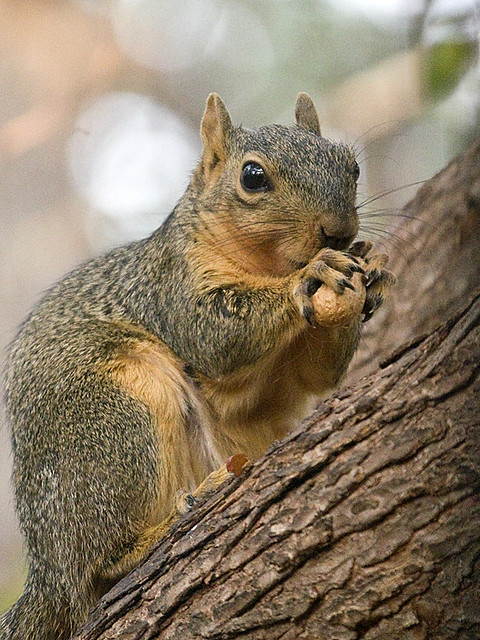Oh my, you guys like to complicate things

Adjustment layers have been created precisely for this. Go to Layer > New Adjustment Layer > then choose the kind of adjustment you want. In jpzk's case I'd use Levels or Curves.
1. This is a picture with a dark corner of the top left, I'd like to lighten it a bit.

2. I add an adjustment layer (here I use curves) to lighten the shadows. You'll notice the mask is all white, so the curves are applied to the whole image.

3. Click on the mask (it has a border when it's selected) and fill it with black, so the curves are no longer applied and we see the original image.

4. Use a brush or airbrush or any other tool to "paint" the mask where you want the curve to apply with white.

So, why are adjustment layers better?
- one single layer
- non-destructive, if you double-click on the settings icon you can tweak the curves/levels/whatever again
- easier to understand than lightened/darkened copies of the original image with blend modes and masks
In Lightroom you can do the same, but with an interface and wording that make more sense for photographers: you over/under expose and "paint" it where you want in the picture. It's also non-destructive.


 Similar Threads
Similar Threads 




















 Post #12 by PhilippeG
Post #12 by PhilippeG








